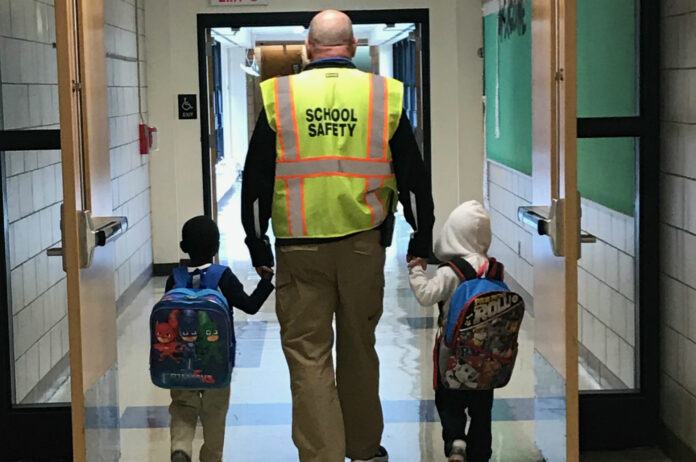School security has become a top priority in the United States in recent years, fueled by a growing concern for the safety of students, teachers, and staff members. The rise in high-profile incidents, such as school shootings and other acts of violence, has spurred educational institutions and lawmakers to take a proactive approach towards enhancing security measures.
This article will explore the various advancements in school security, including updated policies, technological innovations, and the implementation of specialized personnel.
Policy Changes and Collaboration with Law Enforcement
Many schools across the nation have revised their policies and procedures to bolster security measures. These revisions often include developing crisis response plans, performing regular safety drills, and establishing close collaborations with local law enforcement agencies.
By working closely with the police, schools can ensure a rapid response to emergencies and benefit from the expertise of law enforcement professionals in crafting effective security protocols.
Technological Innovations
Technology plays a crucial role in enhancing school security by providing various tools to monitor, detect, and respond to potential threats. Some of the most significant advancements in this area include:
School Security Cameras

The use of high-resolution video surveillance systems has become increasingly common, allowing school administrators to monitor activity within and around school premises.
Many of these systems also utilize advanced analytics to detect suspicious behavior and send real-time alerts to security personnel.
The reality is that school security cameras are always getting better and upgrading, with software that allows cameras to detect weapon carriers, interact with other smart systems, and stop potentially damaging individuals from entering a school’s property.
Access Control Systems
Schools are implementing advanced access control systems that require identification cards or biometric data, such as fingerprints or facial recognition, to gain entry. These systems help prevent unauthorized access and maintain a secure environment for students and staff.
Emergency Notification Systems
In case of an emergency, schools now have the ability to send out mass notifications to students, teachers, and parents through various communication channels, such as text messages, emails, and phone calls.
This ensures that everyone receives crucial information promptly, enabling a faster and more coordinated response.
Social Media Monitoring
Many schools now use social media monitoring tools to detect potential threats, such as online bullying or posts that indicate a student may be in crisis.
By monitoring social media activity, school administrators can intervene early and take appropriate action to protect the well-being of students.
The Implementation of Specialized Personnel
The presence of specialized personnel, such as school resource officers (SROs) and security guards, has become more common in educational institutions across the USA.
SROs are law enforcement officers who work closely with schools to address safety concerns, mentor students, and provide valuable crime prevention and safety resources.
In addition to SROs, many schools employ trained security guards or private security firms to patrol the premises and respond to incidents as needed.
Mental Health Support and Prevention Programs
Recognizing the importance of mental health in ensuring a safe learning environment, schools are increasingly focusing on providing student support and resources.
This includes employing school counselors, psychologists, and social workers to identify and address any issues that may lead to violence or other safety concerns.
Additionally, schools are implementing programs that promote a positive school climate, encourage open communication, and teach students about conflict resolution and anti-bullying strategies.
As the landscape of school security continues to evolve, educational institutions in the United States are taking significant steps to ensure the safety and well-being of their students, teachers, and staff.
Through policy changes, technological advancements, specialized personnel, and mental health support, schools are creating safer learning environments that allow students to focus on their education without fear.
These efforts demonstrate a commitment to protecting the nation’s most valuable assets: the children who will shape the future of the country.
Key Takeaways
- School security has become a top priority in the United States.
- Policy changes and collaboration with law enforcement have been implemented in many schools.
- Technological innovations, such as security cameras, access control systems, emergency notification systems, and social media monitoring tools, have been adopted to enhance school security.
- The implementation of specialized personnel, including school resource officers and security guards, has become more common.
- Mental health support and prevention programs are being employed to address safety concerns and promote a positive school climate.
- These efforts demonstrate a commitment to protecting the safety and well-being of students, teachers, and staff, creating safer learning environments that allow students to focus on their education.




